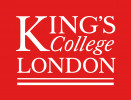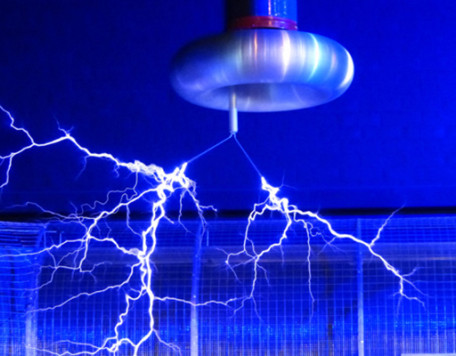© Pint of Science, 2025. All rights reserved.
Finding accurate ways to study nerve cells and their function in living organisms is a problem that has long plagued neuroscience research, but scientists are developing exciting new hi-tech strategies to tackle this issue! Come and see how robots can be used to assess brain injuries or laser can light up our sensations.
Using rats and robots to find therapies for brain injury
Dr Lawrence Moon
(Reader of Neuroscience)
Strokes (types of brain injury) are caused by clots or bleeds in the brain; in the UK or EU, call 112 urgently for any sudden change in a person’s capacities (e.g., to move or communicate) because the only existing therapies must be given as soon as possible. Lawrence Moon will explain how his lab uses rats and robots to seek new therapies for stroke: we are developing devices with 3D printers and customised electronics to assess how rats recover from stroke when new potential treatments are given.
Picture the nervous system: What live microscopy can tell us about neurons
Dr Kim Chisholm
(Postdoctoral research associate)
Neurons are arguably one of the most important cells in your body. They communicate by sending electrical impulses, connecting your body to the brain through a network of thousands of tiny, intricate cables. Until some years ago, we had to study these cables one by one, using electrodes to record from single neurons. Thanks to advances in microscopy we can now visualise the activity of hundreds of neurons at once, making videos of their responses in real time. Kim Chisholm will explain the technology and show her latest videos of neurons responding to touch, temperature and painful substances.
Map data © OpenStreetMap contributors.
Other The Roebuck events
2025-05-19
Beyond the Elements: How Chemistry and DNA are Shaping Tomorrow
The Roebuck
50 Great Dover St, London, SE1 4YG, United Kingdom
2025-05-21
Red Rocks & Gas Giants: What Lies Beneath?
The Roebuck
50 Great Dover St, London, SE1 4YG, United Kingdom



